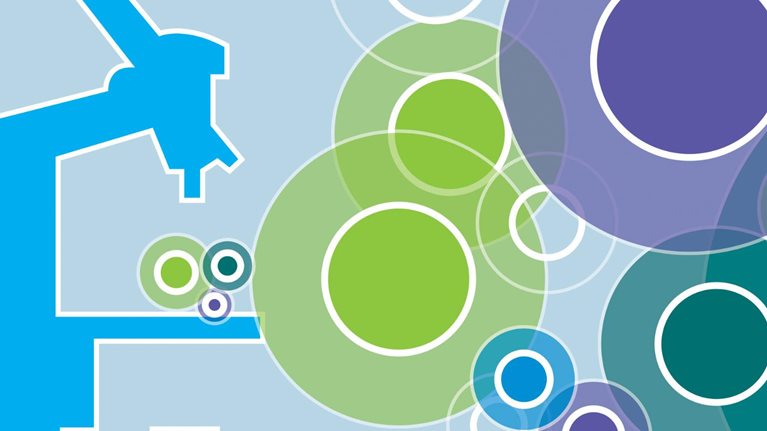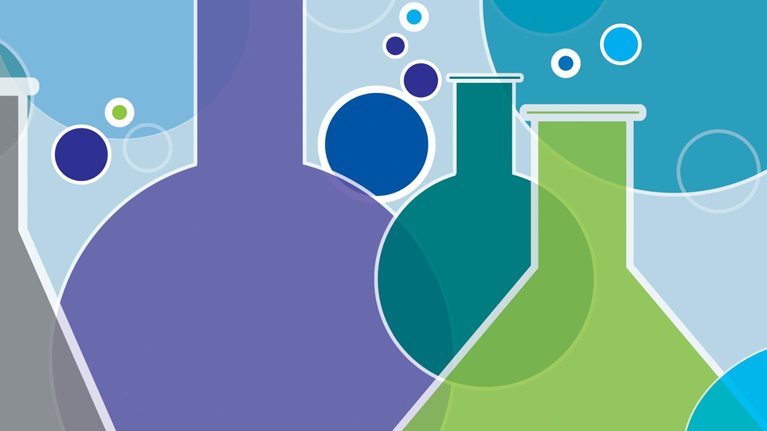As productivity in the pharmaceutical industry has fallen, calls for a new paradigm that would radically change pharmaceutical R&D have increased (Exhibit 1). The trend has been to view diminishing returns as a science problem. But while scientific innovation is certainly part of the solution, management should not overlook other, more familiar ways to create value. Increased attention to costs, speed of development, and decision making could increase the internal rate of return (IRR) of an average small molecule from around 7.5 percent—less than the industry’s cost of capital—to 13 percent (Exhibit 2).
Productivity in the pharmaceutical industry has fallen.

Increased attention to costs, speed of development, and decision making could increase the internal rate of return of an average small molecule.

We modeled the estimated average return on R&D investments for a typical small-molecule compound (for instance, a pill) and a typical biologic (for instance, substances derived from living organisms, such as antibodies). The model suggested that with a net present value (NPV) of –$65 million and an IRR of 7.5 percent, an average small molecule currently generates returns that fall below the cost of capital (Exhibit 3). By contrast, between 1997 and 2001, the return approached 12 percent.
A model suggested that present-day returns for an average small molecule fall below the cost of capital.

The key factors driving this downward trend in productivity are well known. Industry interviews and an analysis of Informa’s Pharmaprojects database indicate that over the past decade, the overall probability of success for small molecules has fallen by five percentage points and that the time required for R&D has increased by 12 to 18 months. Furthermore, R&D costs have recently risen by about 8 percent annually, while prices are under pressure around the world.
Levers for change
It could be argued that companies should shift much of their R&D investment to biologics, as an average biologic currently offers a greater return—an NPV of $1.26 billion and an IRR of 13 percent—owing to higher average peak sales and a slower decay of sales following the loss of exclusivity. But given the limited number of such molecules and the expected erosion of returns as competition from biosimilars (generic versions of biologic drugs) mounts, increased investment in biologics is not the sole solution. Rather, significant rewards will accrue to companies that devote more careful management attention to reducing costs, accelerating time to launch, and deciding when to remove poorly performing drugs from the portfolio and which compounds to invest in.
Costs
Although most companies have made progress in reducing costs, efforts too often focus on the obvious organizational and procurement issues. Successful companies generally employ broader strategies. One is to change what you are doing, not just how you do it. Companies that consistently overpower clinical trials, for example, could reduce the number of patients per trial. Our experience also suggests that R&D costs could fall by 5 to 10 percent through more aggressive outsourcing of selected noncore activities to low-cost geographies.
A second approach would be to reduce the costs associated with drug failures. Companies generally design R&D programs for success, even though a majority of them fail. Costly two-year carcinogenicity studies, for example, are often initiated before a compound reaches proof of concept at the end of Phase IIa, and this expenditure is wasted if the compound fails, as it is likely to do. Eli Lilly’s Chorus unit represents one effort to reduce costs by focusing on the activities that truly reduce a compound’s risk of failure on the way to proof of concept. The cost of failure can also be lessened by sharing risk—say, with another pharmaceutical company, a contract research organization, or investors. Together such strategies can reduce the overall cost of R&D by 15 percent or more, increasing the NPV of average small-molecule projects by about $250 million and raising the IRR of R&D by some two percentage points.
Speed
For medicines that get to market successfully, our modeling indicates that each six-month delay to launch can mean a loss of almost $100 million in NPV, or a reduction of 0.5 percentage points in IRR. The losses are obviously much higher for top-performing drugs. Yet opportunities exist to address inefficiencies such as poor planning of clinical development, slow recruitment of patients, and suboptimal management of sites and investigators. When we modeled the effect of accelerating a development program by a conservative 18 months, we found that this would increase the NPV of an average compound by about $190 million, raising its IRR by 1.5 percentage points. Some companies have done much better: Merck accelerated the launch of the diabetes drug sitagliptin (Januvia) by three to four years through novel parallel-development techniques. But gains in speed cannot come from shortcuts: the key to capturing value by accelerating programs is choosing the right programs to accelerate.
Decision making
R&D leaders grapple with decisions about terminating, accelerating, resourcing, and prioritizing programs. Project termination decisions are especially difficult and can cost hundreds of millions of dollars if made too late. The current high attrition rate in Phase III trials suggests that companies have overlooked or ignored key signals and in some cases made poor decisions about aspects of programs over which they have substantial control. Our analysis indicates that of 106 reported Phase III failures from 1990 to 2007, 45 percent resulted from insufficient efficacy versus placebo and 24 percent from insufficient differentiation versus standard of care. It is easy to scrutinize decision making with the benefit of hindsight, but R&D leaders can increase returns by identifying and removing poor performers from the portfolio earlier in development. Many organizations still advance compounds for the wrong reasons: numbers-focused incentive systems, a failure to understand how product differentiation increasingly drives reimbursement, or the notion that a compound has traveled too far down the development path to abandon.
Many companies have started restructuring to address these issues. Eli Lilly’s Chorus unit, GlaxoSmithKline’s Discovery Performance Units, and Pfizer’s smaller, more focused therapeutic areas are a few examples. If these efforts enable R&D leaders to make better decisions and to shift compound attrition to earlier stages, the impact will be substantial. “Taking” attrition earlier during Phase II, for instance, could increase Phase III survival by ten percentage points—comparable to the survival rates from 1997 to 2001—and increase IRR by up to one percentage point.
Another key aspect of R&D decision making is the choice of compounds for investment. We used data for successfully launched drugs between 2000 and 2006 to divide products into quartiles based on their returns. As Exhibit 4 shows, the top two quartiles of launched molecules account for most of the value created. A top-quartile small molecule has an IRR of 28 percent, compared with 7.5 percent for an average small molecule. A top-quartile biologic has an IRR of 33 percent, compared with 13 percent for an average biologic. In the second quartile, the IRR is 12 percent for a small molecule and 15 percent for a biologic. In all likelihood, no company can identify top-quartile drugs consistently: our analysis shows that in any given portfolio of small molecules, only 2 percent will be top-quartile sellers and 54 percent fourth-quartile sellers. If even 4 percent of compounds were shifted from the fourth quartile to the top quartile, however, the average IRR would increase by one percentage point.
The top two quartiles of launched molecules account for most of the value created by pharmaceuticals.

Implications for R&D leaders
A consistent, aggressive, and simultaneous focus on costs, speed, and decision making could raise an average small molecule’s IRR to about 13 percent, from 7.5 percent. Let’s say that a leading pharmaceutical company has a typical R&D portfolio split 75 percent to 25 percent between small molecules and biologics, respectively, and distributed across various phases of development. Our approach would raise the portfolio’s returns to between 14 and 15 percent, from 9 to 10 percent currently.
Previous industry experience suggests that such goals are attainable: from 1997 to 2001, the return on the portfolio described above would also have been 14 to 15 percent, driven by a higher probability of success and shorter development times. Although the current environment is tougher, managers are not yet fully exploiting the value creation levers described here, and moderate improvements could substantially increase returns. An IRR of 14 to 15 percent on R&D might not sound like a jackpot, but over a large portfolio it would create considerable value.


